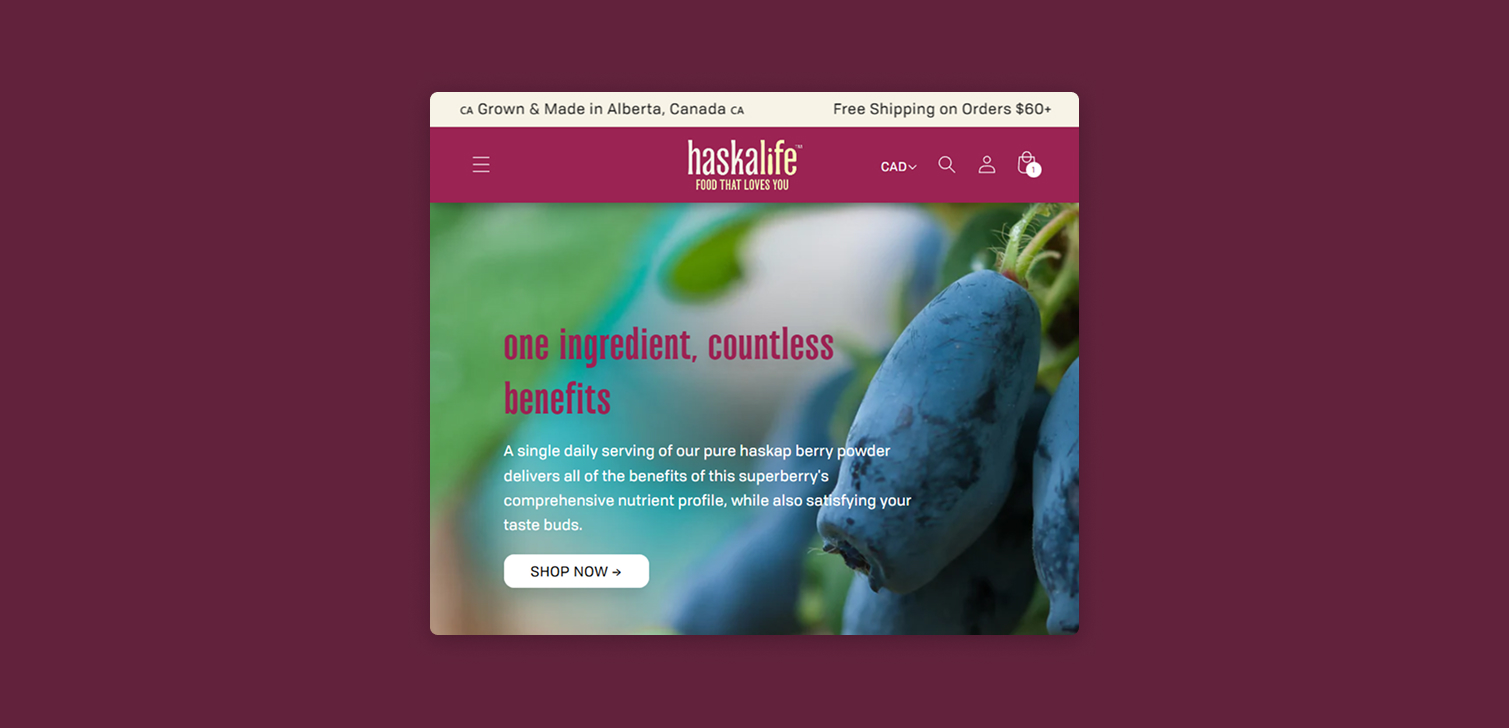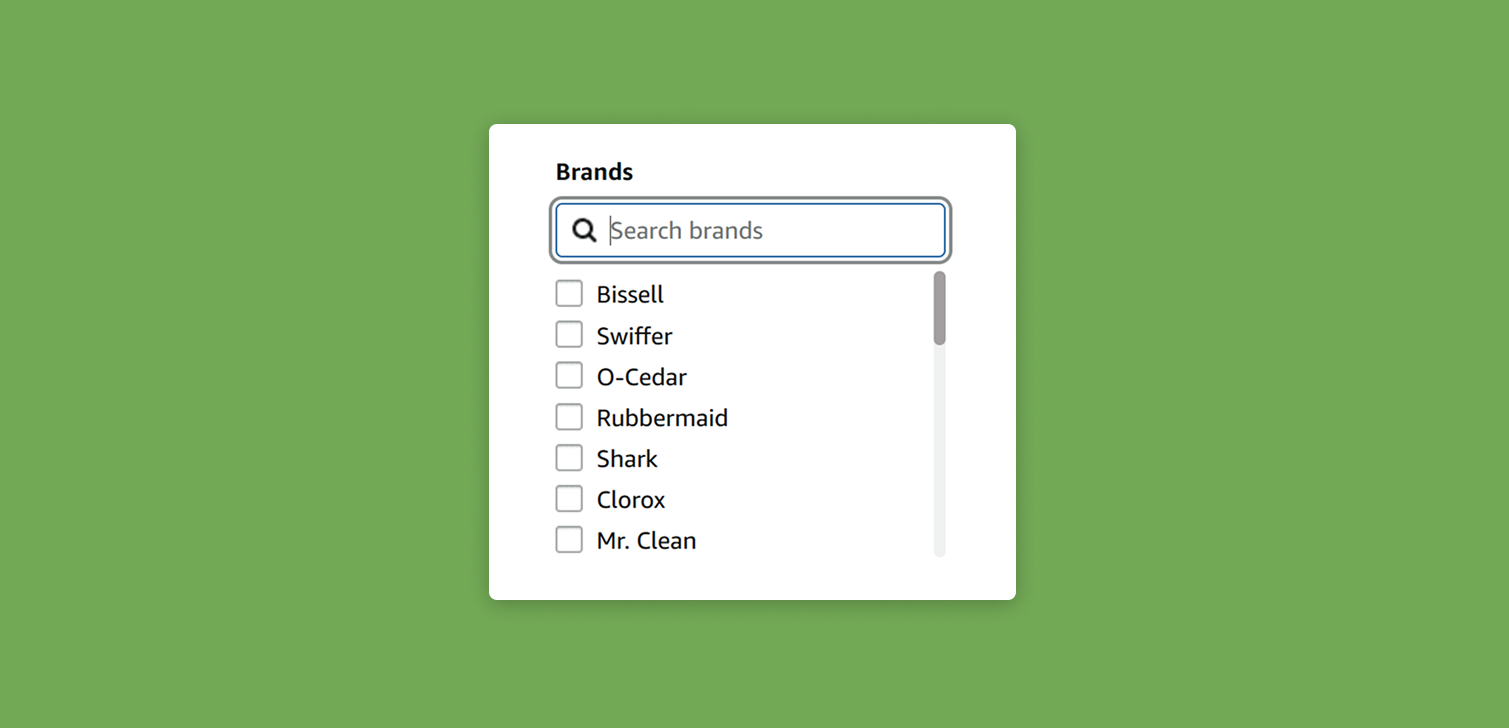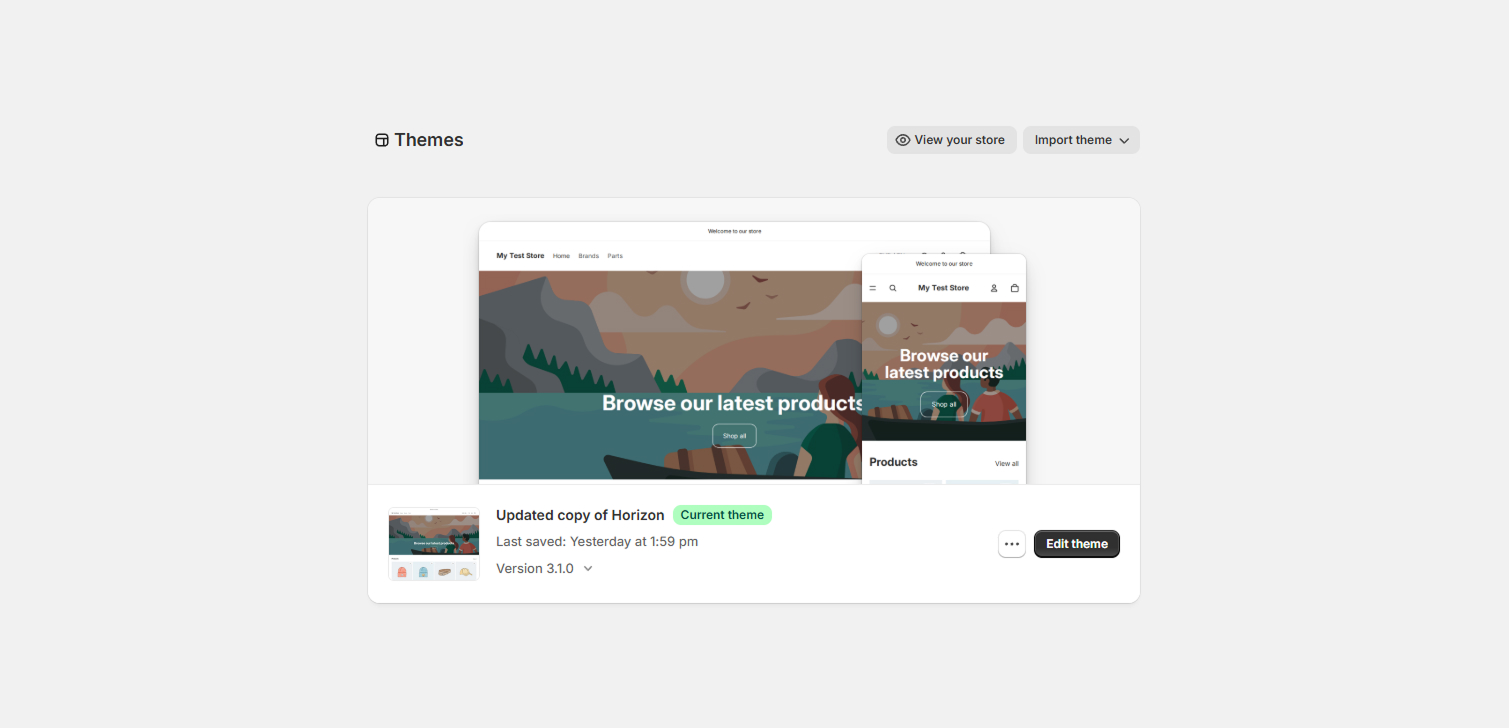How to start split testing your e-commerce site (even without huge traffic)

Many small online stores put off conversion rate optimization (CRO) because they think they’re “not big enough yet.” They assume A/B testing is only for companies making millions.
But that’s not true. You don’t need massive revenue or thousands of orders to benefit from testing. In fact, waiting too long means missing out on potential sales every single month.
Every visitor who doesn’t buy is a lost learning opportunity. Testing helps you understand why that happens - and what you can fix.
Why small stores should test early
If you’re running an e-commerce site, you’ll need to start testing at some point anyway. The earlier you begin, the faster you’ll learn what actually works for your audience.
Even if you’re only getting a few hundred orders per month, you can still gather valuable insights. You just won’t make decisions as fast as a larger site. But that’s okay. CRO isn’t about speed. It’s about steady improvement.
Here’s what early testing gives you:
Data-based decisions. You stop guessing which design or layout works better.
Customer insight. You learn where people hesitate, get confused, or drop off.
Confidence in changes. Instead of redesigning blindly, you’ll know your tweaks improve results.
Think of it like practice. The more comfortable you get with testing now, the smoother things go later when your traffic grows.
Step 1: Form a hypothesis
Before any test, you need a question to answer. That’s your hypothesis.
Here are a few simple ways to find ideas:
Observe real users. Ask a friend to act as a customer. Have them click an ad, land on your site (preferably on mobile), and browse as if they’re shopping. Watch how they move through the site. You might notice it takes them too long to find product filters or understand your shipping info.
Compare your site to best practices. Search for “tips for optimizing an e-commerce site” and look for what your store might be missing. Example: Maybe your product pages lack details or social proof.
Get an external audit. You don’t need to hire a CRO agency right away. Even a $50 website audit can surface useful feedback.
When you list out potential problems, focus on impact. A broken checkout button matters more than a search filter glitch. Once you pick your biggest issue, write a simple hypothesis like:
"Changing X will increase conversion rate by 10%."
If you’re just getting started and your conversion rate is low, you can test multiple changes at once. The key is to begin.
Step 2: Prepare the test
You don’t have to spend a lot to run your first test. Many tools offer free plans.
For example, VWO has a free tier that’s perfect for beginners.
Next, decide on your test type:
Visual editor test: Quick changes like buttons, colors, or headlines.
Split URL test: A more reliable option if your platform supports it.
If you’re on Shopify, you can create a new page template and use a URL like
?view=my-new-template to serve the alternate version.
Step 3: Run the test properly
Once your test is live, try not to change anything else on the site. That includes product pricing, layout tweaks, or big ad updates. Otherwise, your results won’t be clear.
Run the test for as long as your testing platform recommends. Don’t stop it early just because you’re excited to see the outcome.
When it’s done, look at the numbers. If your variation beats the original by the margin you hoped for, great - implement it sitewide. If not, that’s still valuable data. You’ve learned what doesn’t help, and that’s just as useful.

What happens after your first test
After you act on your first result, repeat the process. Over time, these small experiments compound into meaningful growth.
CRO isn’t a one-time project. It’s an ongoing part of how you manage your site. And the benefits go beyond just improving conversion rates. Testing helps you understand your visitors, build better experiences, and strengthen your business decisions.
FAQ
1. Do I need a certain number of conversions before testing? More data helps, but you can start even with a few hundred conversions per month. It just takes longer to see reliable results.
2. Should I use free or paid tools? Start free. Tools like VWO are great for learning. Upgrade later if you need advanced features.
3. What if the test fails? A failed test is still a success in learning. You’ve ruled out one path and can try another.
4. Can I test multiple things at once? If your traffic is low, it’s fine to test a few changes together. As you grow, move to single-variable tests for accuracy.
5. How long should I run a test? Follow the tool’s duration guide. Generally, you need enough traffic to reach statistical significance before deciding.
Wrapping up
You don’t need a $10M store to start testing. You just need curiosity and a bit of structure.
Start small, use free tools, and learn from what your visitors show you. Each test teaches you something new - and that knowledge compounds over time.





